The clinical signs of Feline Idiopathic Cystitis include dysuria (difficulty or pain during urination), pollakiuria...
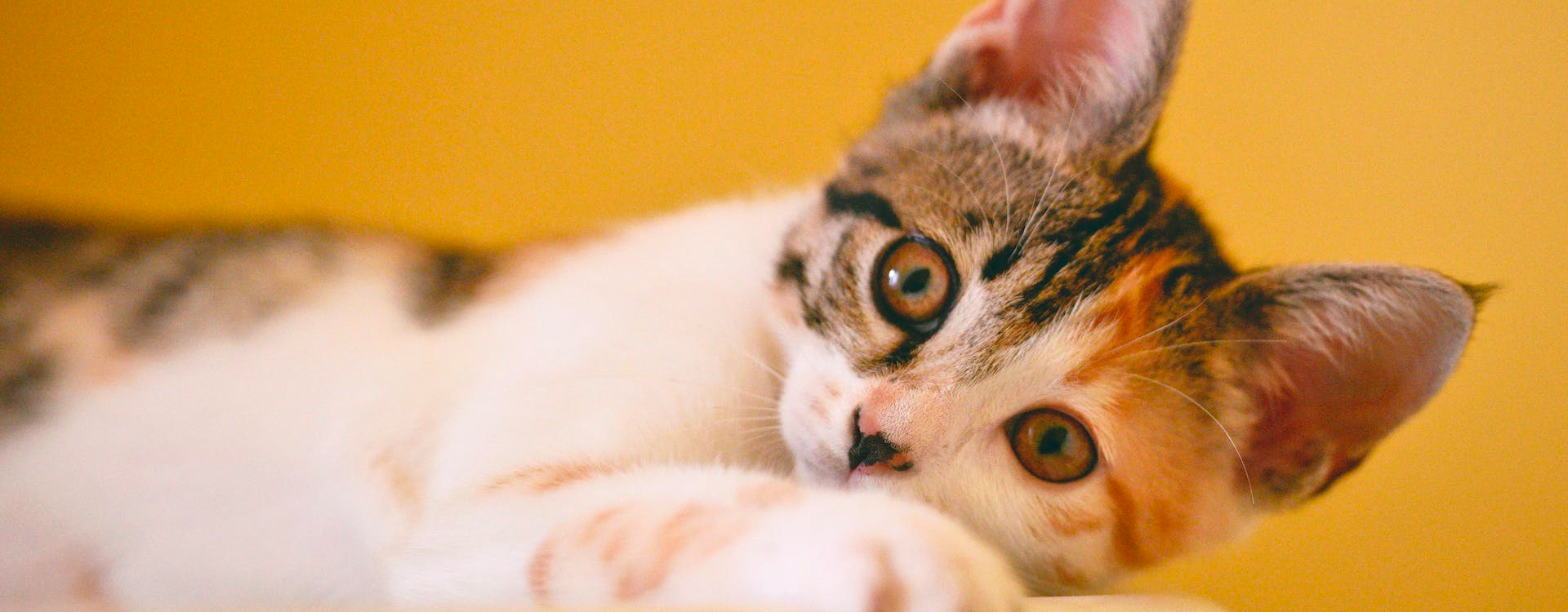
What is cognitive dysfunction syndrome in cats?
It is becoming increasingly common to see our pets reaching very advanced ages, given that the care and responsibility of pet ownership on our part is increasing.
In the case of cats, the number of cats in our homes is increasing day by day, in some countries almost surpassing that of dogs. Many live indoors and are neutered, which further increases their life expectancy. But as life expectancy increases, so do the number of diseases that manifest themselves, in addition to those associated with old age.
But how can you tell that something is wrong with your cat? Normally we will observe changes in behaviour that can sometimes be the first indicators of illness.
Symptoms of disease in cats:
- The cat stops eating.
- He is lying down more.
- Does not play as before.
- Does not jump to high places or loses balance.
- Choking, heavy or abdominal breathing, fainting.
- Lameness, incoordination, disorientation.
- Reversal in learning to eliminate: does things outside the tray.
- Aggressiveness.
- Increased dependence on the caregiver or, on the contrary, too much independence.
- Sleep-wake cycle disorders.
- Bad breath, gastrointestinal disorders.
- Increased vocalisation, especially at night.
What is cognitive dysfunction syndrome (CDS)?
Cognitive dysfunction syndrome (CDS) is an established condition in cats that shares many similarities with Alzheimer's disease in people. Cats with CDS exhibit behavioural disturbances that can be classified by the acronym VISHDAAL.
VISHDAAL in cats.
- Excessive vocalisation.
- Altered interaction with owners (increased affection/attention).
- Altered sleep-wake cycles.
- Inappropriate elimination.
- Disorientation (spatial and/or temporal).
- Alterations in activity.
- Anxiety.
- Learning/memory deficits.
These cats develop neuropathologies, such as the accumulation of β-amyloid and hyperphosphorylated tau deposits. This is a neuronal degeneration that causes the animal to lose normal cognitive ability, leading to behavioural alterations, such as some of those listed above.
When can cognitive dysfunction syndrome (CDS) be detected?
Existing data suggest that it may begin to be detected as early as 10 years of age and increases in prevalence as the animal ages. The few studies that have been done suggest that there are many clinical behavioural signs in cats over the age of 11 years and in many cases these signs are not explained by organic problems.
It is important to diagnose CDS as early as possible in cats, ruling out other causes of these behavioural changes, in order to provide appropriate management. In geriatric cats there are many pathologies that can cause all these changes in the animal's normal behaviour: hormonal (hyperthyroidism, diabetes), digestive, cardiac, respiratory, bone, oncological, renal, hepatic, hypertension, neurological, stress and a long etcetera.
As soon as we notice changes in behaviour, the best thing to do is to go to our vet who will carry out the necessary tests and examinations to diagnose this or other pathologies that may exist, either alone or in conjunction with each other.
Treatment for cognitive dysfunction syndrome in cats.
Once diagnosed, treatment includes different measures: environmental enrichment based on easy access to key resources and pheromones.
The aim of these modifications is to make it easier for the animal to cope in the environment in which it lives due to its limitations. In addition, it should exercise its memory with simple positive exercises. The environment should become predictable, safe, familiar and comfortable: create routines and facilitate them, facilitate access and signposting, turn on lights, place more comfortable beds at lower levels, increase the places where the animal eats and drinks and the number of sandboxes and make them accessible, avoid changes, increase interaction, promote physical and mental exercise as much as possible for the animal, provide them with safe and quiet places where they are not disturbed.
In addition, dietary supplements and specific diets, containing antioxidants and essential fatty acids and sometimes medicines.
Cats reach senior age at approximately 10 years of age. We recommend starting geriatric check-ups when they reach this age. If any parameter is altered, we will be in time to start controlling it. We must always act on the basis of prevention, the best tool at our disposal to avoid the disease.


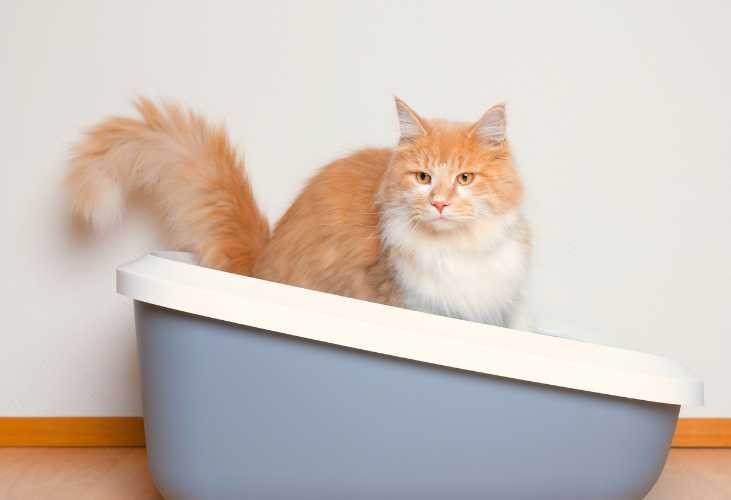

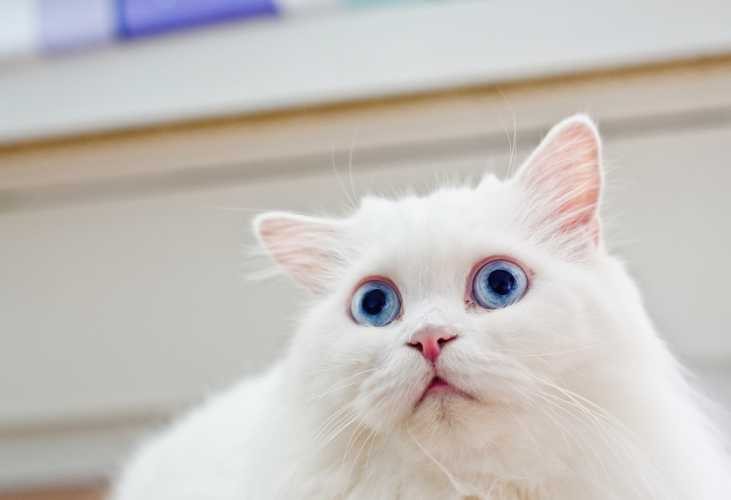


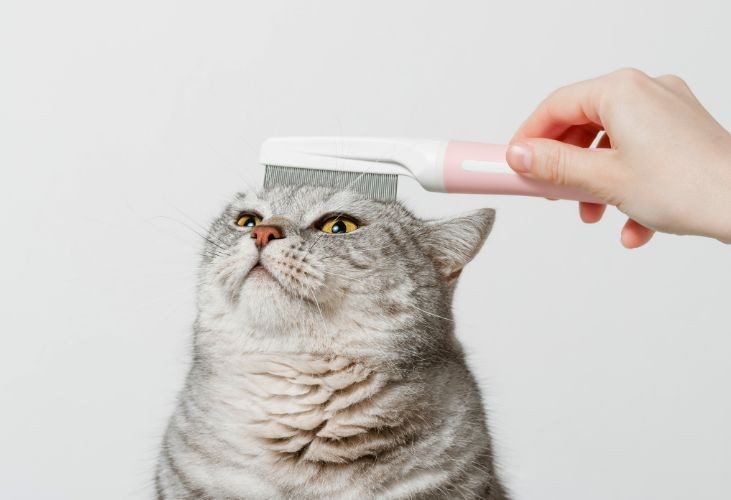
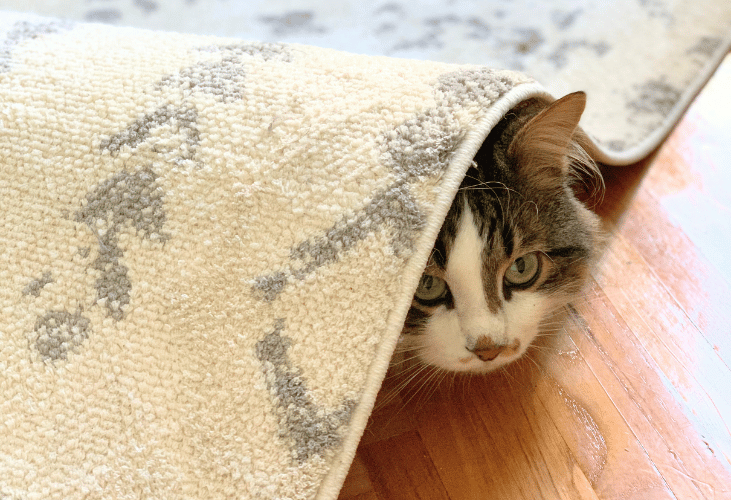
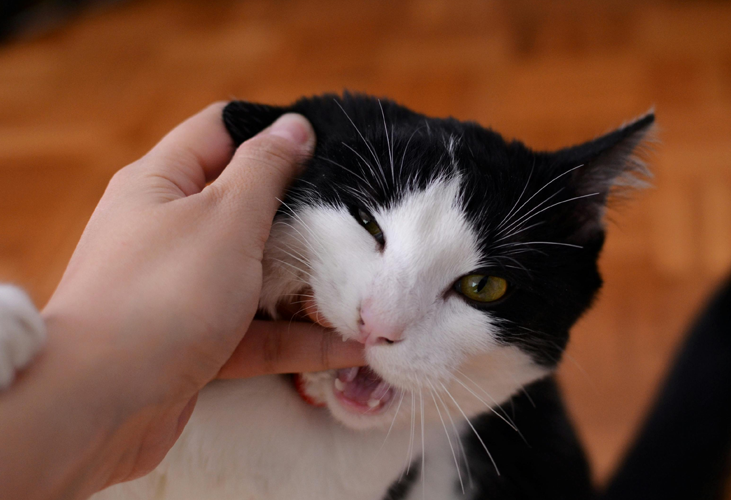
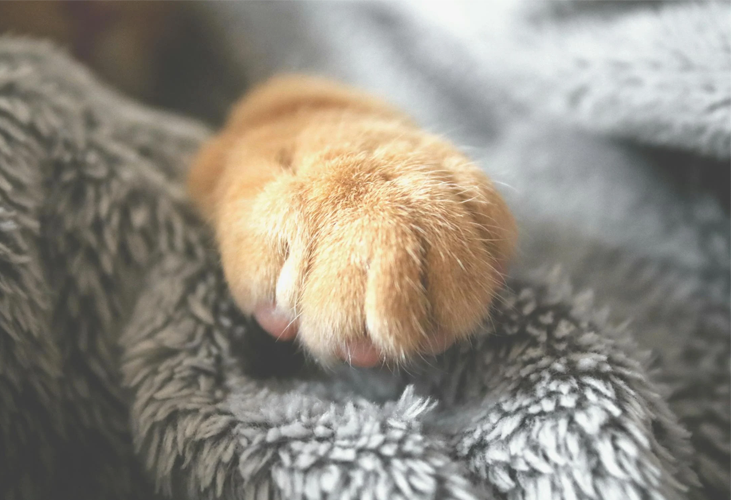

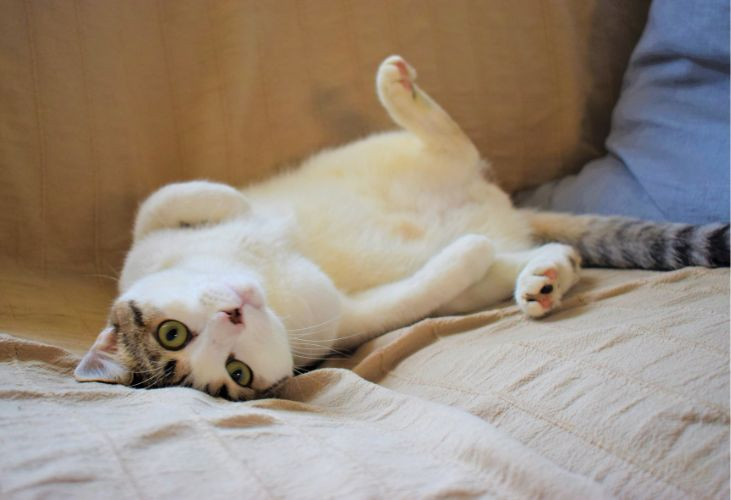
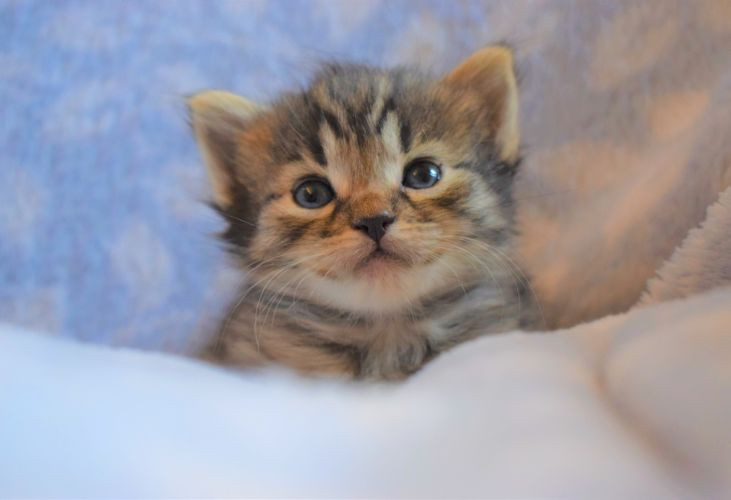

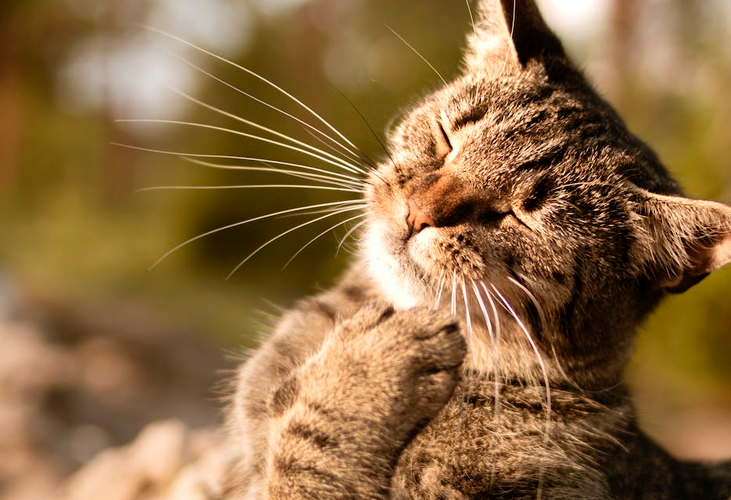

Leave a comment